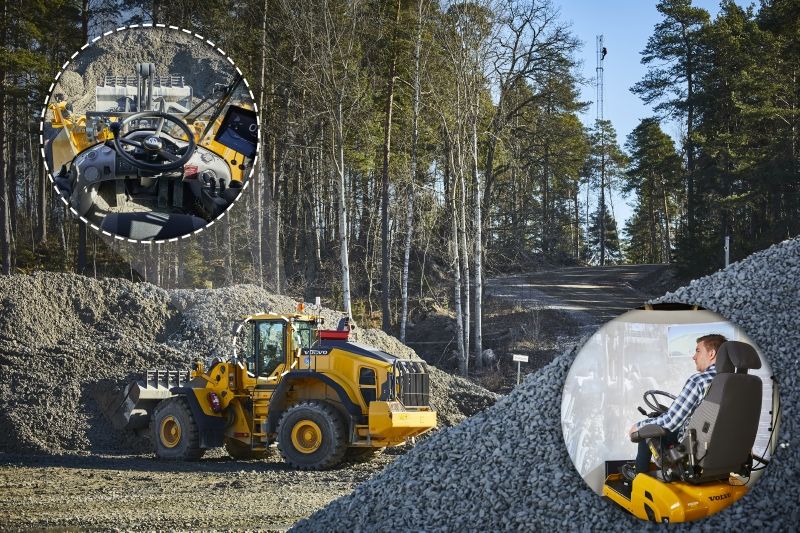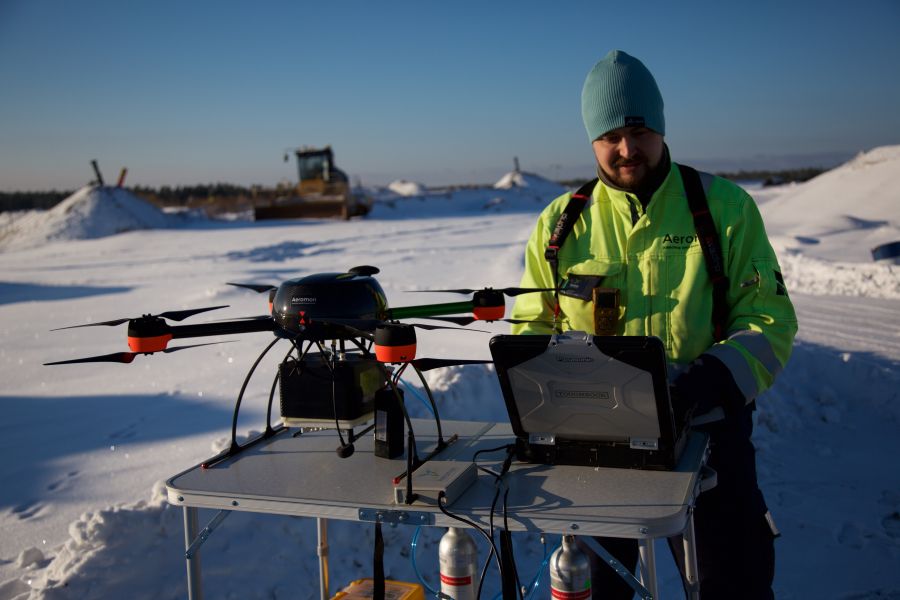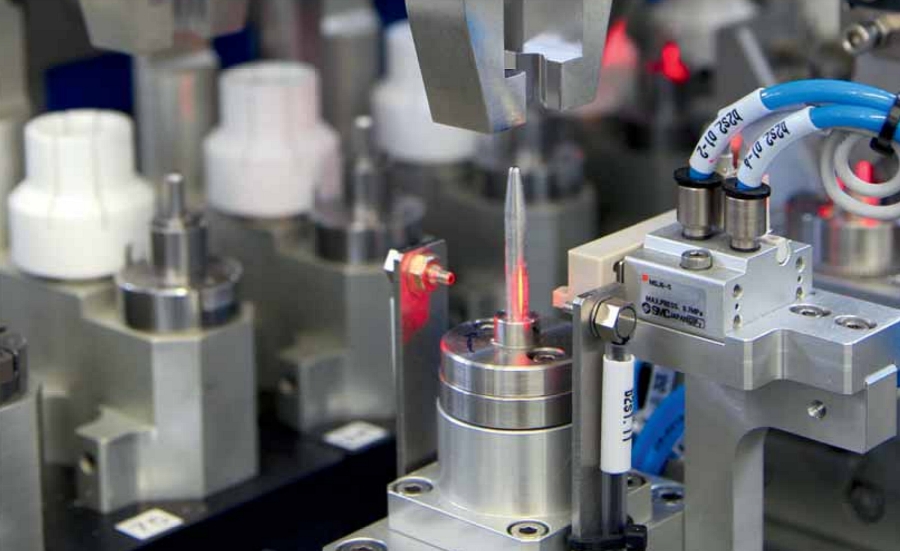Soon there will be avatars working on the assembly line
20 cameras, state of the art sensors and virtual reality glasses. It may look like the studio of a tech start up, but it isn’t; it’s SEAT’s biomechanics lab located in the CARS Health and Rehabilitation Centre in Martorell.
ABB to exit solar inverter business
ABB und das italienische Unternehmen FIMER S.p.A. haben heute bekanntgegeben, dass sie eine Vereinbarung über den Verkauf des Solarwechselrichtergeschäfts von ABB an FIMER unterzeichnet haben. Die Transaktion wird die Zukunftsperspektiven des Solarwechselrichtergeschäfts verbessern und es ABB ermöglichen, ihr Geschäftsportfolio weiter konsequent auf andere Wachstumsmärkte auszurichten.
Graphene Cuts Elevator Energy Consumption in Half
Skeleton Technologies, the European market leader for ultracapacitors and energy storage systems for transportation and grid applications, is entering into a strategic partnership with the Spanish company Epic Power to reduce the power consumption of elevators by up to 50%, enabling significant cost savings. The system is already in use in a number of public, residential, and commercial buildings throughout Europe.
Workers in Europe in good health, but emotional demands take their toll
People at work in Europe report good health and well-being, and increased control over their work activities. However, Eurofound data shows that work is also becoming more emotionally demanding, which poses a risk to health, as well as the long-term sustainability of work itself.
TalTech is establishing co-operation with the US on developing self-driving cars
Tallinn University of Technology is signing a co-operation agreement with Florida Polytechnic University on the 10th of April, to join forces for future development and increasing security of automated vehicles (AV).
Self-driving cars and other autonomous systems are one of the most paradigm-changing technological developments in today's world. Transportation is affecting every single person and has a large impact on economic development. There will be huge challenges to solve and international cooperation is crucial here.
Why 2019 marks the year for 5G?
2019 marks the year for 5th-Generation Wireless Systems (5G) to come to life, with large scale 5G roll-out and more than thirty 5G devices rushing into the market, including 5G smartphones, industry and production solutions and much more.
Telia, Ericsson and Volvo CE Launch Sweden’s First 5G Network for Industries
Telia, Ericsson and Volvo Construction Equipment (Volvo CE) have launched Sweden’s first 5G network for industrial use today at Volvo CE’s facility in Eskilstuna, Sweden. Volvo CE is among the first in the world to use 5G technology to test remote-controlled machines and autonomous solutions.
The 5G network will be used at Volvo CE’s research and development facility in Eskilstuna to further develop solutions for remote control of construction machinery and fully-automated solutions. It will also be used to increase understanding of how connected machines can create added value for the customer.
Skeleton Technologies Appoints Renaud Lecompte as Chief Commercial Officer in Major Coup
Skeleton Technologies has appointed Renaud Lecompte as Chief Commercial Officer to drive the commercial effort as part of the company’s growth plan and goal to become the market leader in ultracapacitor-based energy storage.
Industrial emissions measuring company Aeromon moves into production phase
Aeromon - the company behind the compact and customisable emissions measurement devices that can be used in drone-mounted, hand-held and fixed configurations to reveal hidden industrial emissions - has announced the launch of its first commercially available product. The company aims to help industrial operators in maritime, oil and gas, waste and recycling, and pulp and paper mitigate environmental harm and meet emissions regulations in a low-cost, effective, and safe way.
Mikron Group opens subsidiary in Lithuania
The Mikron Group is opening a new subsidiary in the Kaunas area of Lithuania. As part of the Mikron Automation business segment, this will initially produce modules for automation solutions, mainly for customers in the automotive industry. It will thus support the segment’s growth strategy. With the new site, Mikron aims to benefit from cost advantages and a wide pool of talent in particular.








